This summer has been unusually hot (in case you haven’t noticed). In my part of the Ozarks, it’s been bone dry to boot. That deadly combination of searing heat and clear skies has sent my state and many others into a serious drought that ceaselessly claimed vegetal casualties.
Though many of us tried to water our wilting food plots and forestall the inevitable, it’s a losing battle when the weather is so unrelenting.
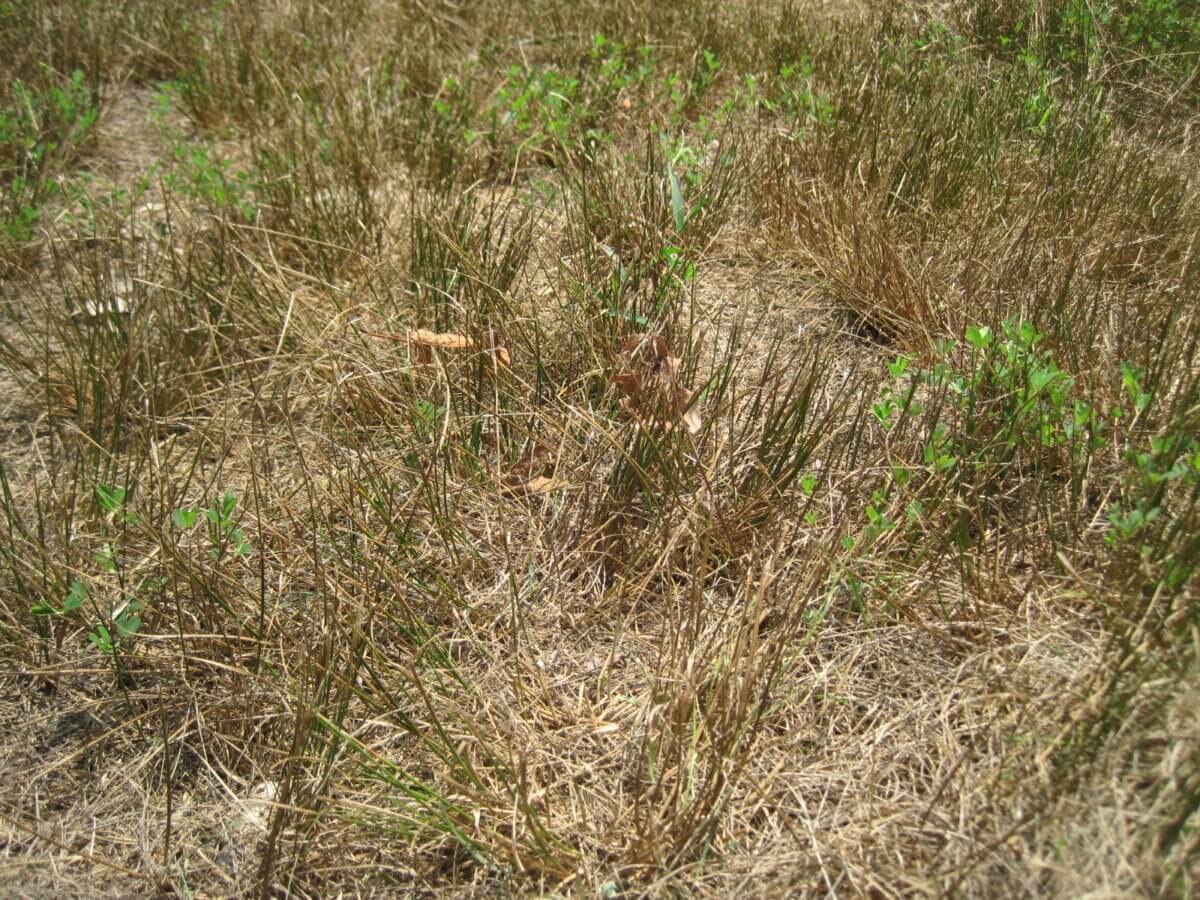
It’s been hard not to give in to despair. The squash plants that looked so promising a month ago lie prostrate on the ground, yellowed and crispy. Sprouts that began growing before the drought set in either shriveled to dust or remained in a fixed state, never adding a new leaf. I don’t even want to discuss my little beets. It’s too depressing.
There is a silver lining on the nonexistent clouds overhead, however, and that is the opportunity to see how plants perform when pushed to such extreme limits. I’m sure many folks, like me, have searched “drought tolerant crop plants” online to try to glean some sort of useful guidance for the future, only to find the same list copied from one website to the next. Worst of all, a lot of the so-called “drought tolerant” plants are exactly those that are currently struggling or dying in my garden due to … drought.
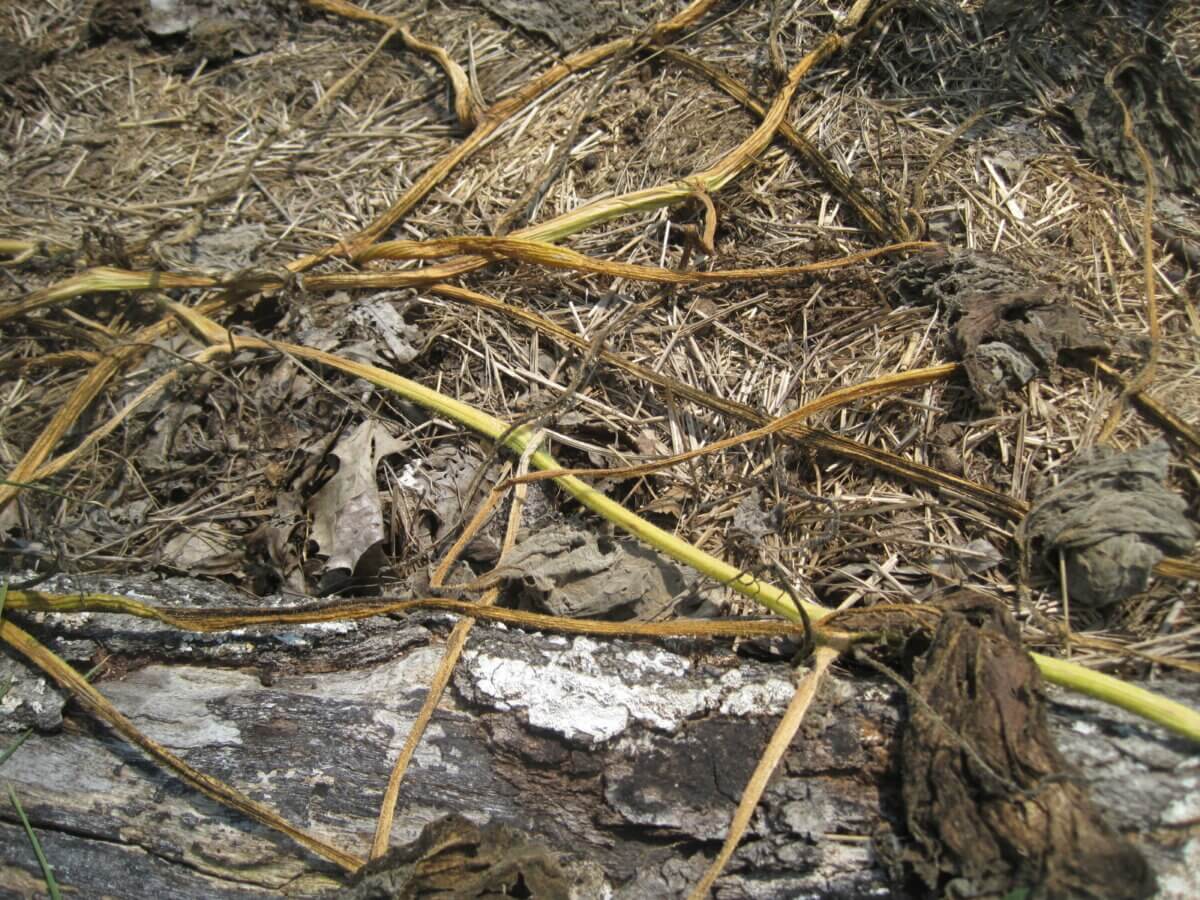
In response, I would like to offer an experience-based article of truly drought-tolerant plants, backed up with photographic proof of their existence. I took these photos August 1, so these are the survivors after months of extremely little rain and dozens of over 100-degree days.
Now, not all of these plants have flourished, mind you, and none of them really produced much, but they didn’t die, and that’s more than I can say for some other plants I had hoped to harvest this year.
Oregano
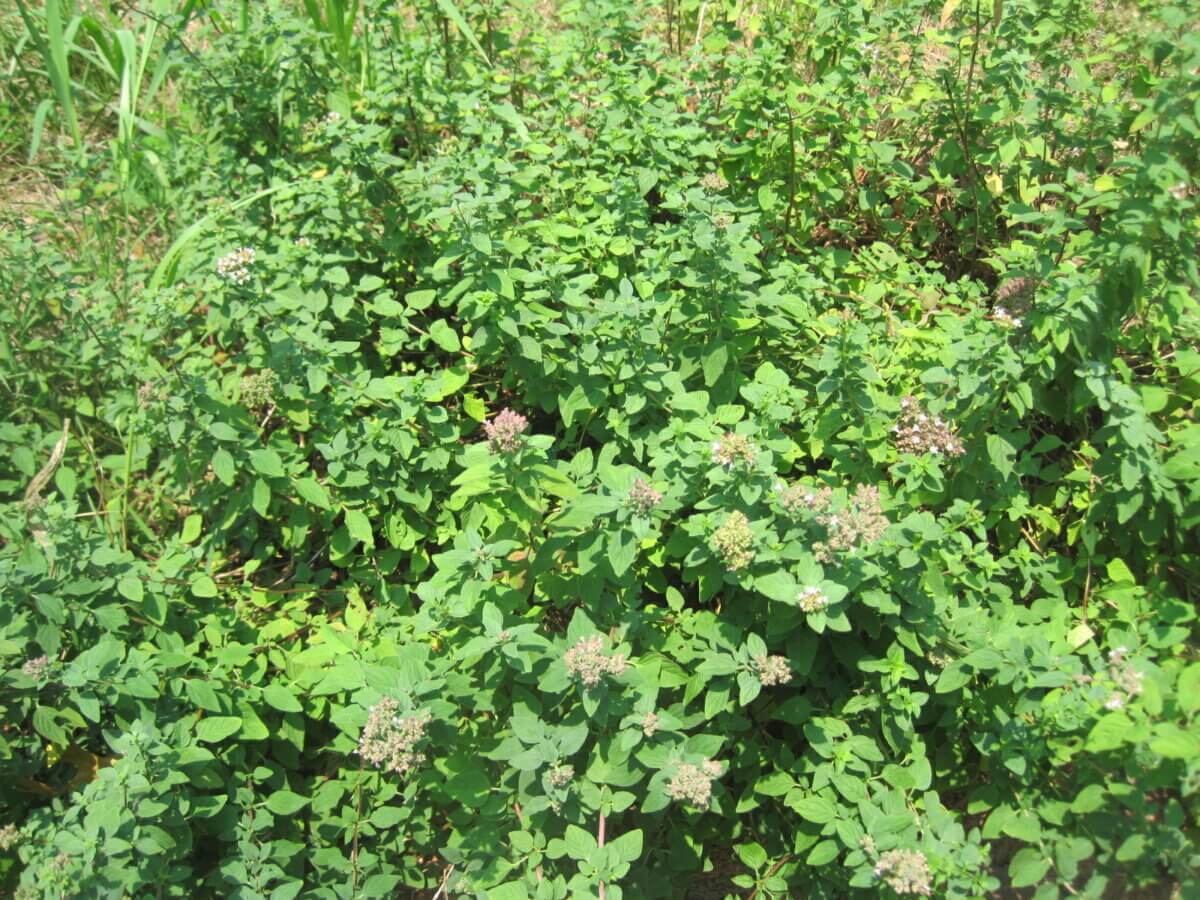
These tough members of the mint family are perennials for a reason — they know how to stick with their little patch of earth through thick and thin. When the drought set in, the oregano stopped growing, but remained in some sort of aromatic stasis. The only water these plants got was what fell from the sky.
Spearmint
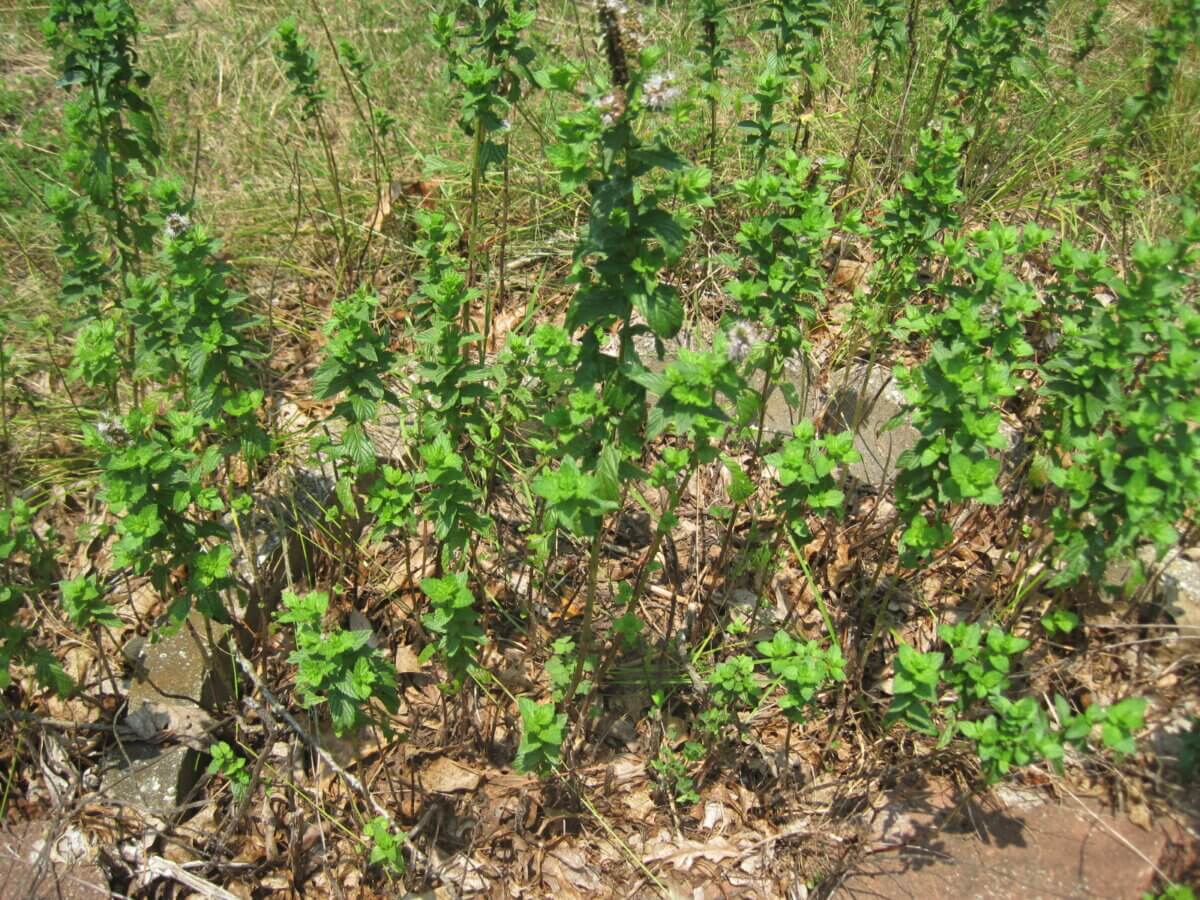
This spearmint doesn’t look great, and it’s about a full foot-and-a-half shorter than it usually is by this time of year, but it’s not dead, and that counts for something. If I had watered this patch (something I didn’t do at all), it would probably have done better, but I relegated my precious cache of off-grid water to the plants and animals that needed it more.
Lavender
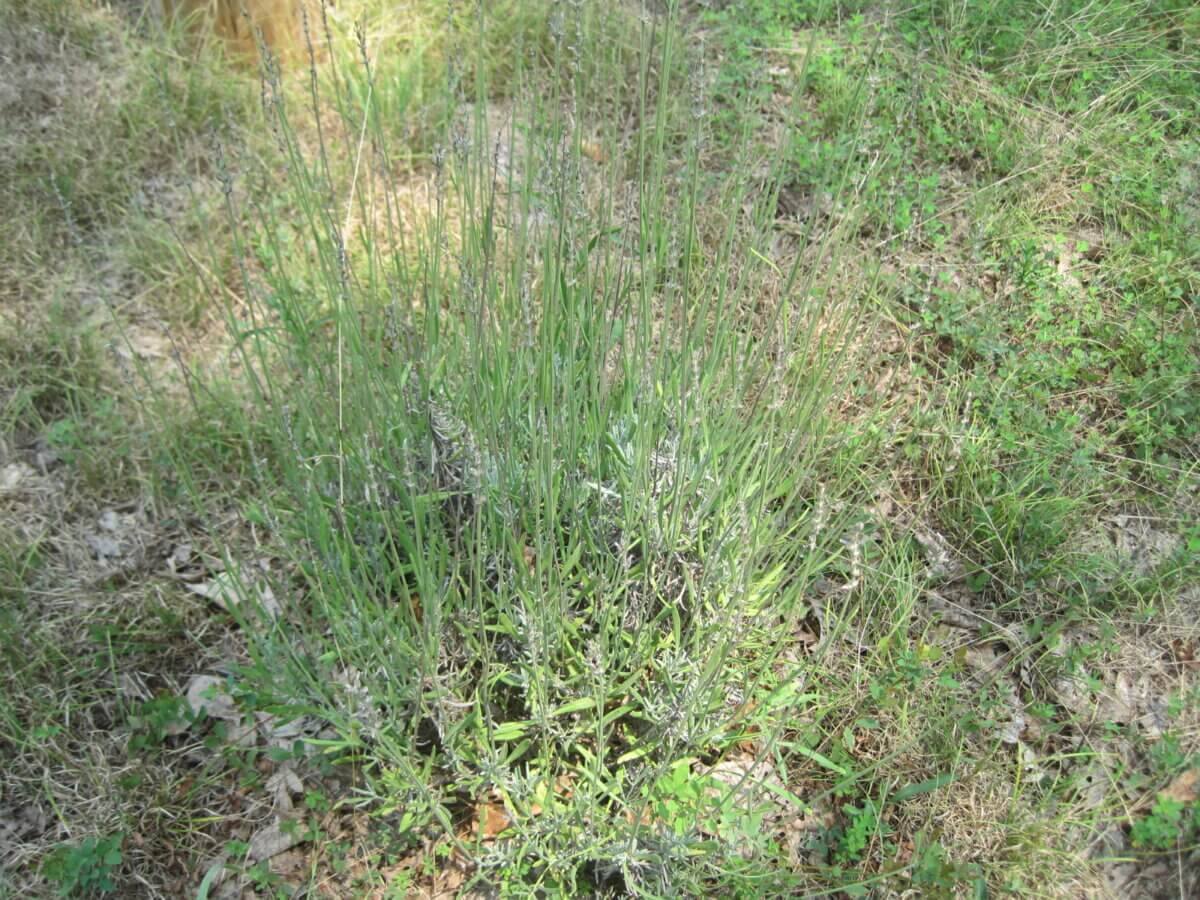
Noticing a trend? Many mint family plants seem able to handle tough circumstances and still meet you on the other side. My lavender certainly isn’t fit for a nature photograph, but it was able to flower with no additional water.
Tomato (With Proper Mulch)
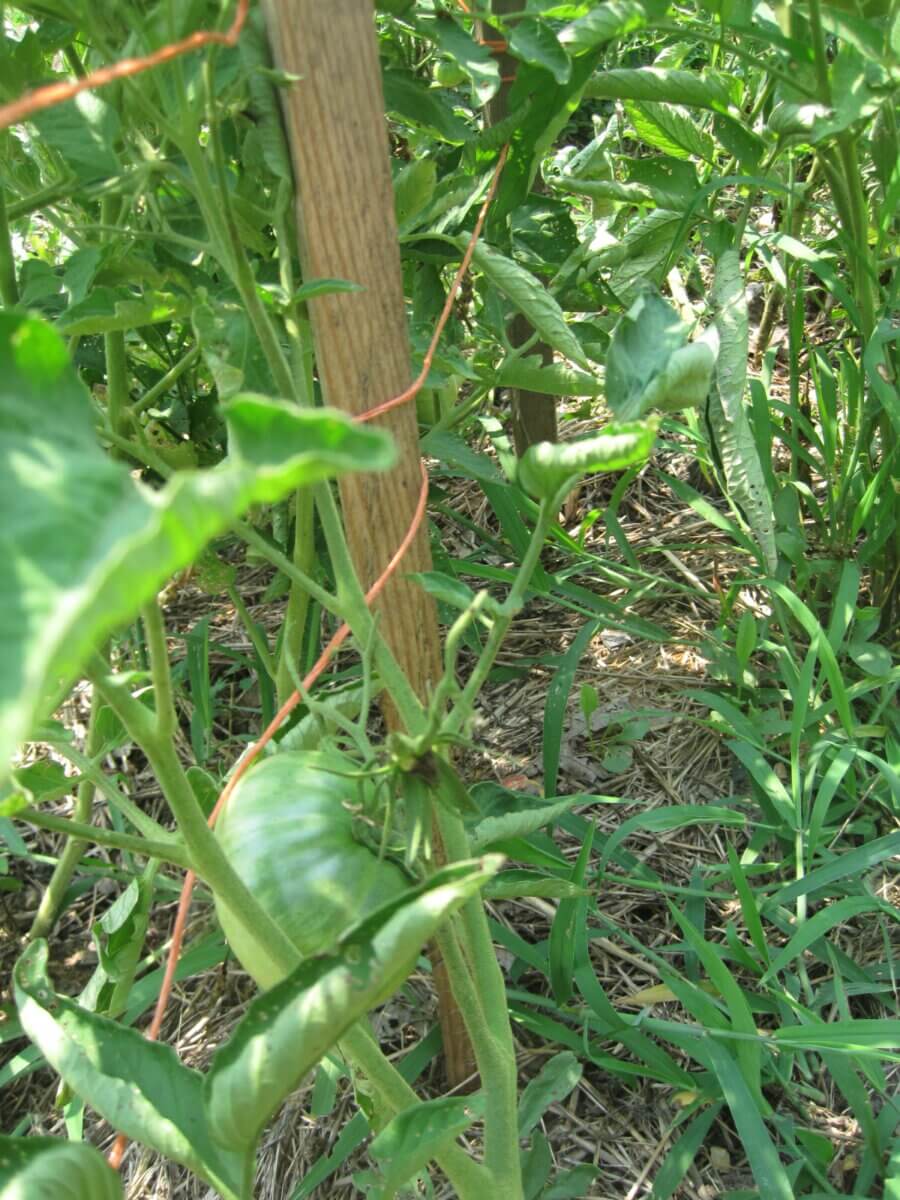
With temperatures above 100, my tomato plants didn’t progress much. Fertilized flowers either remained in stasis or dropped, and green fruits have stayed green for weeks. That said, the tomatoes handled the stress far better than other plants did, and with a bit of watering, did not wilt. I’ve been staring at green tomatoes for far longer than I prefer, but at least the plants aren’t dead. Though you can’t see it, these plants had a thick layer of mulch added over once the soil was warm — I imagine that really helped with their survival.
Peppers
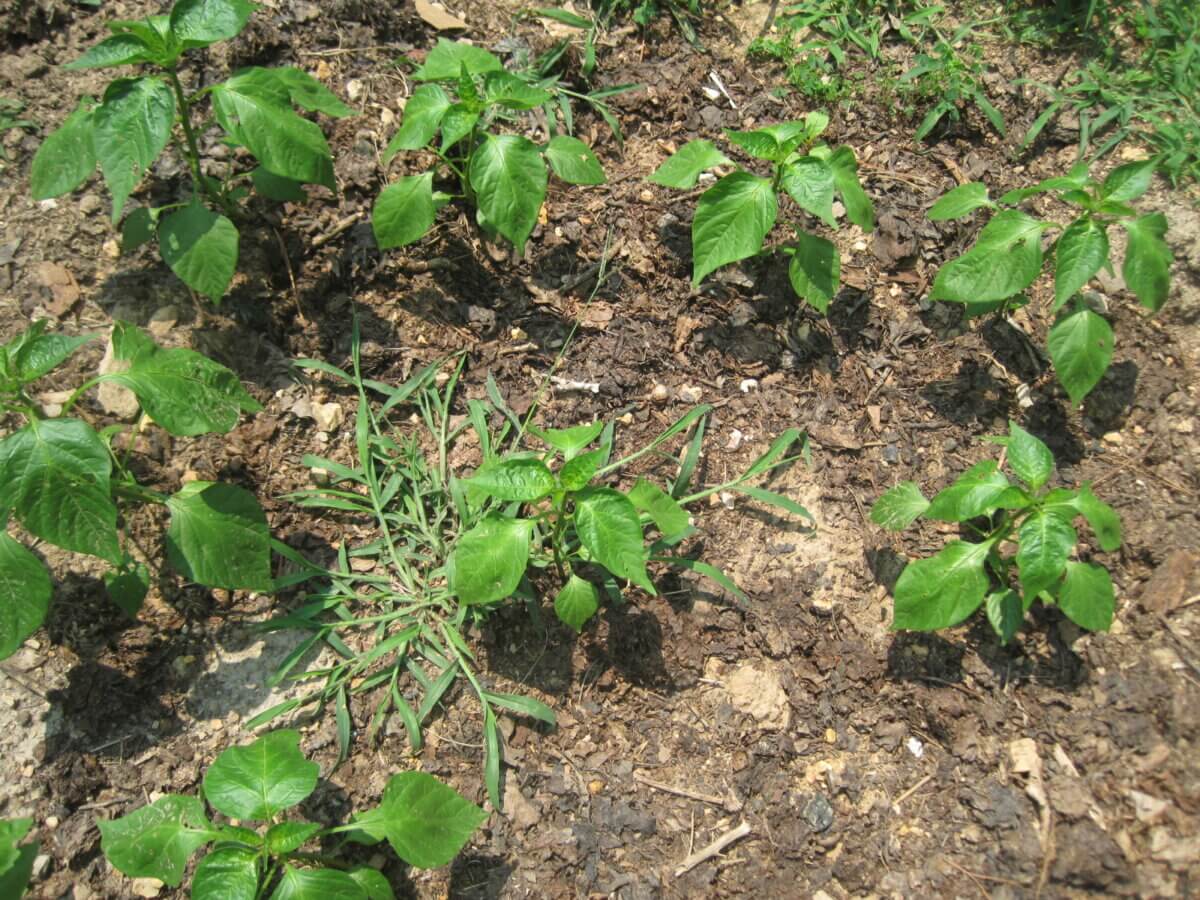
These unusual peppers (from a “Mad Hatter” hybrid I saved seeds from) have been a surprise for me. They germinate much better than bell peppers, and nothing seems to phase them once the heat and dry weather set in. Though I did offer them water a few times a week during the worst of the drought, they keep on keepin’ on in a way that my (now deceased) bell pepper starts never could.
I suspect it has something to do with their genetics — rather than coming from the Capsicum chinense or Capsicum annum like most of our hot or sweet peppers, they’re from the Capsicum baccatum species. I’m not a pepper expert, but I hazard a guess their wild counterparts grow in areas with less-than-ideal weather, lending tough constitution to their domesticated offspring.
Turnip
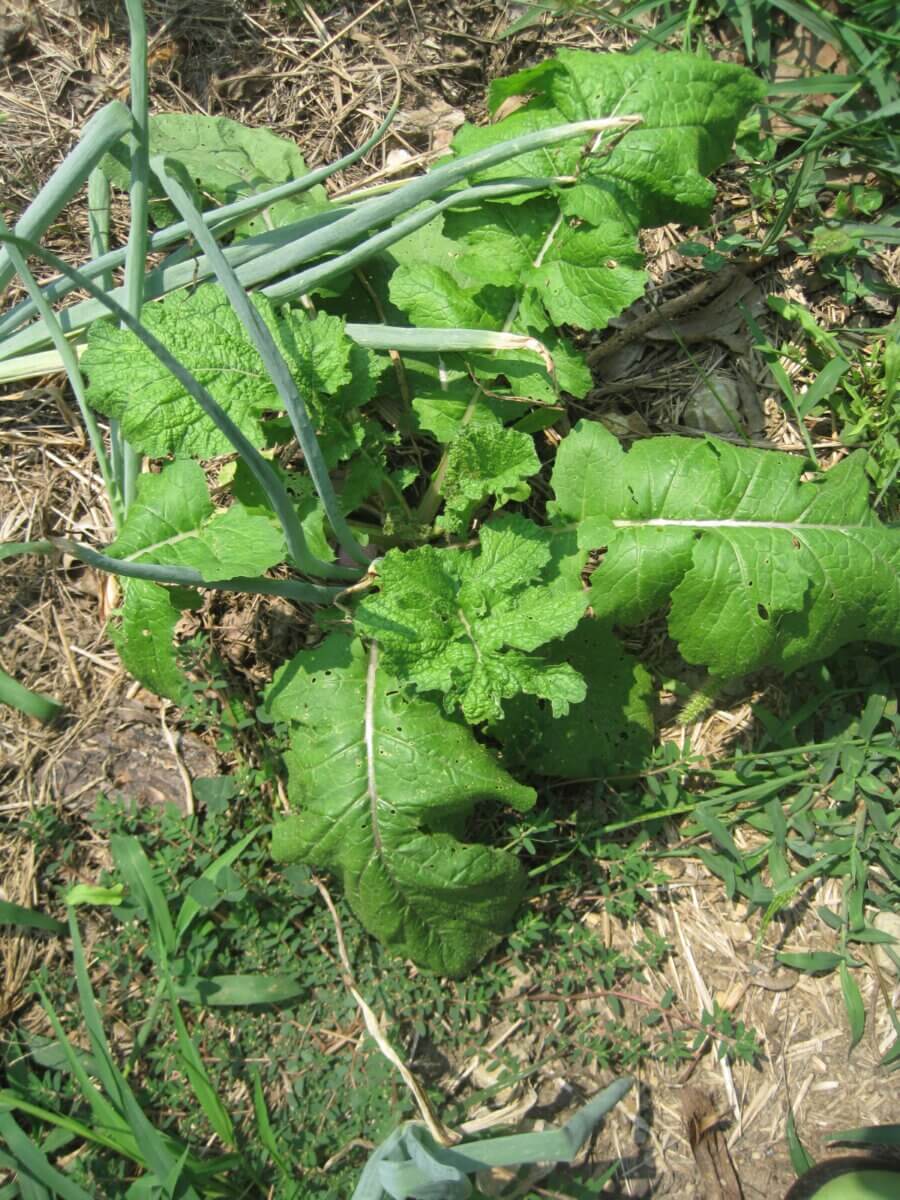
I have no idea how to explain this one. Turnips are traditionally a cool weather, spring and fall crop, but I had a few volunteer turnips show up in my onion bed this year (as often happens when you rotate your plantings). While the onions faltered, the turnips inexplicably flourished through the worst of the heat. They got some incidental water when I watered the onions, but not much. How in the world did they do so well? I have no idea. Make of this strange discovery what you will.
Watermelon (With Mulch)
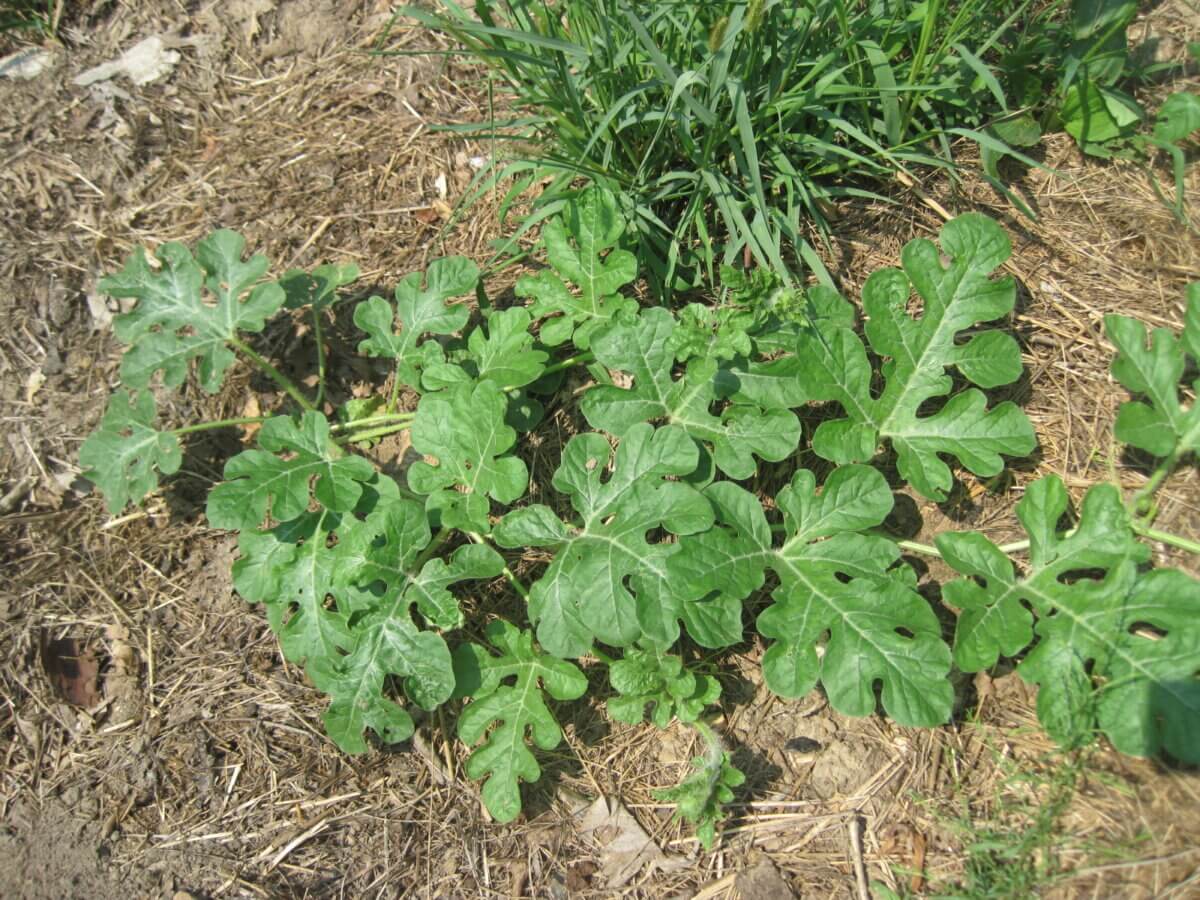
With a name like WATERmelon, you’d think there’d be no chance for these heat-loving vines once the rain clouds dried up. But lo and behold, their lush little vines are a testament to the fact that they made it. They only started to flower once the rains returned, but they’ve given me hope that I still may get a few homegrown melons this year.
Zinnias
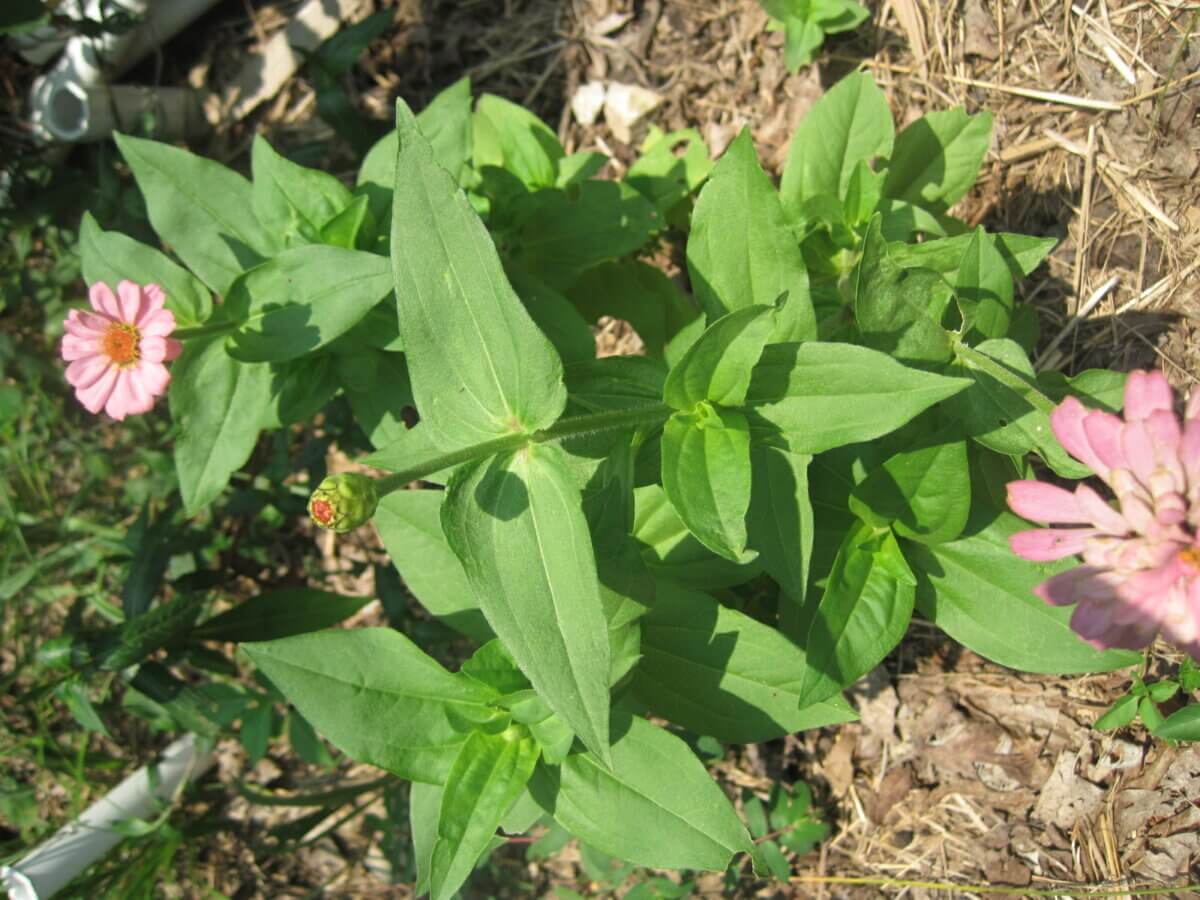
With self-sufficiency as the goal, I don’t take time to plant too many flowers that can’t double as food or medicine … but in the case of the cheery zinnia, I make an exception. Even with cucumbers, beans, and squash shriveling up and wilting, my zinnias still gave me something to smile about as they carried on through the worst of it. And I did offer them a bit of water if ever they began to wilt.
Okra
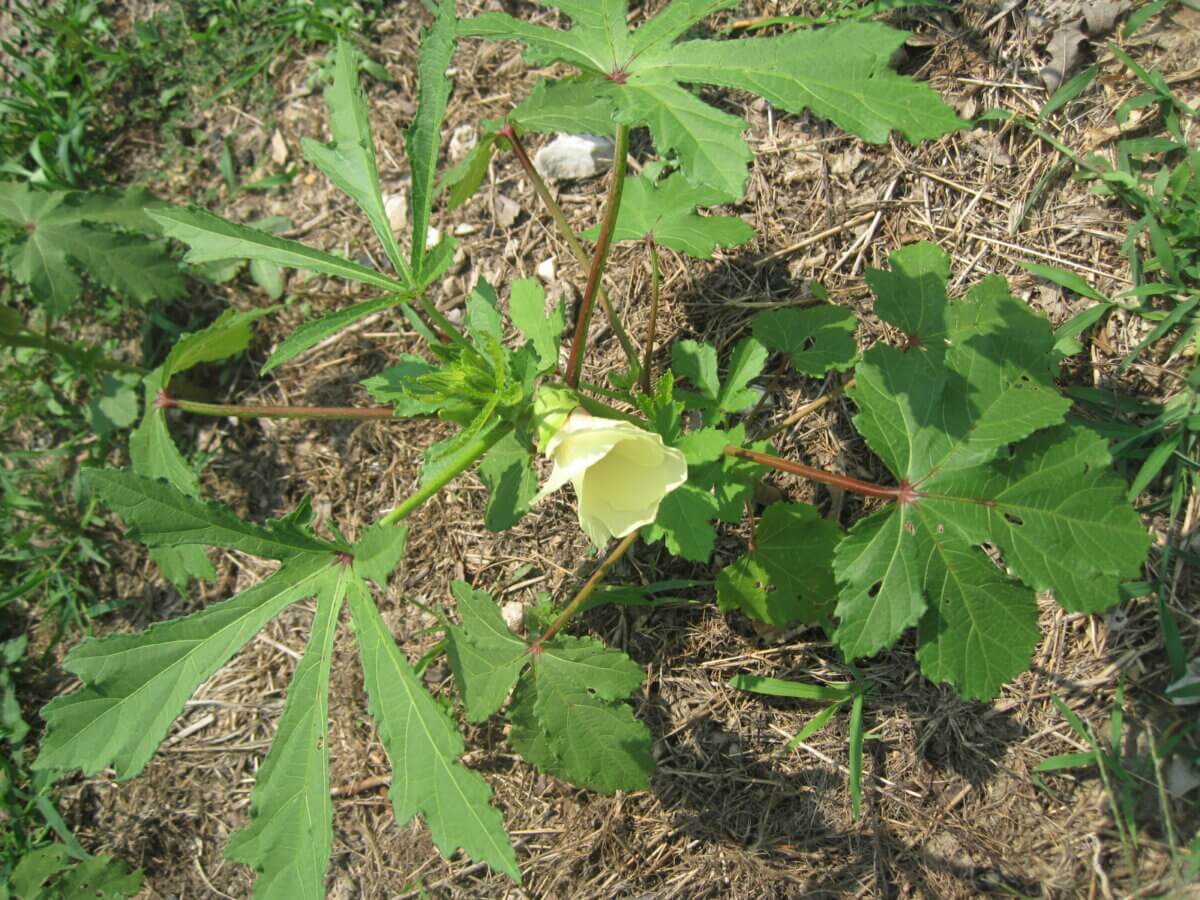
These okra plants are laughably small, but they’re finally flowering. I offered them water about twice a week, and they stayed green until a rainstorm soaked the ground for the first time in months. That was when they finally started to flower. The biggest issue I have with my pint-sized pod bearers is that they are at the perfect height for rabbits to nibble their leaves. Usually, they’re a full foot or two taller by now, and well out of reach.
Lamb’s Ear
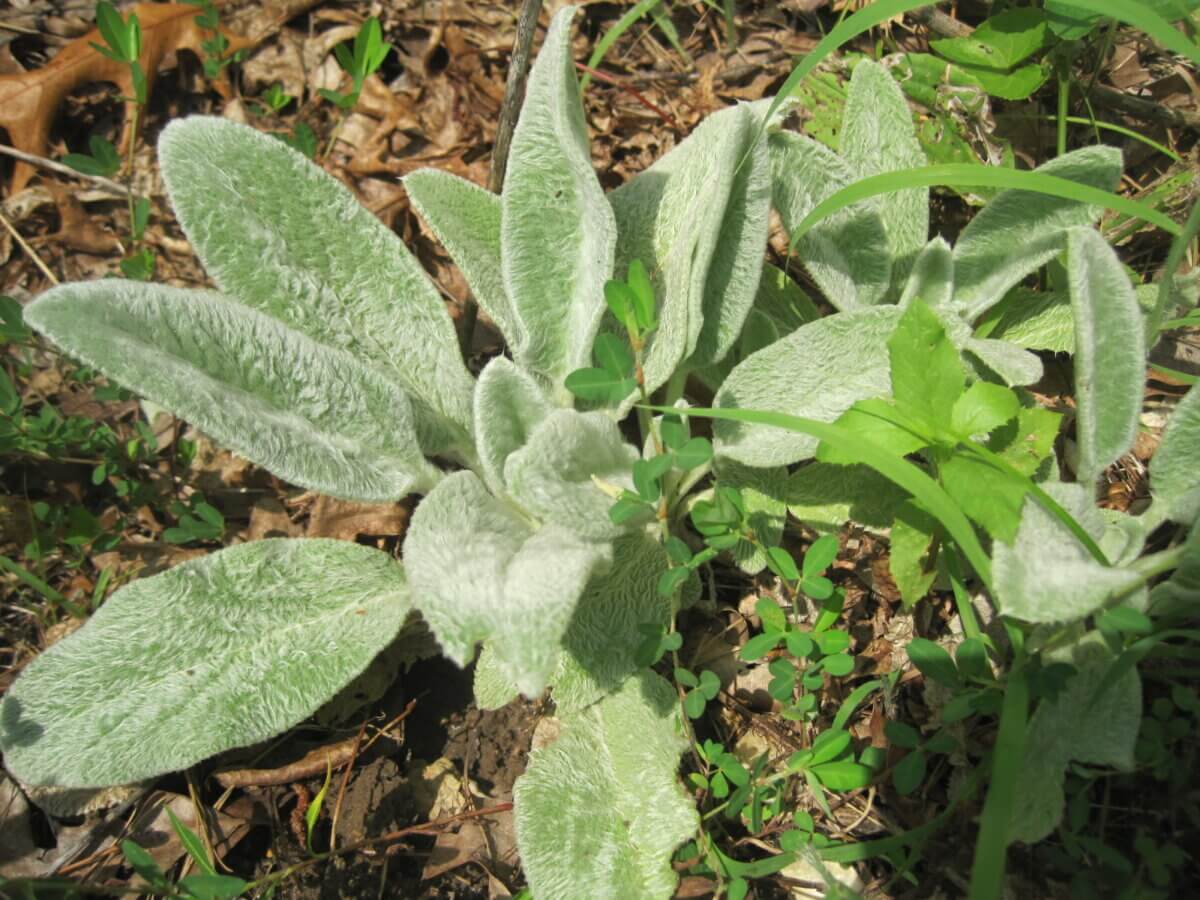
Now, of all the plants in this list, I’d say that lamb’s ear has been the most drought-proof of them all. I’ve totally ignored this fuzzy-leafed plant in my garden while I offered palliative care to my corn and cucumbers instead. With no water, no care, and honestly, no attention, the lamb’s ear just grew anyway. I only got a handful of their sweet-smelling flowers, but I know this perennial will make a better showing during the less dry summer that I hope we get next year.
Sunchokes
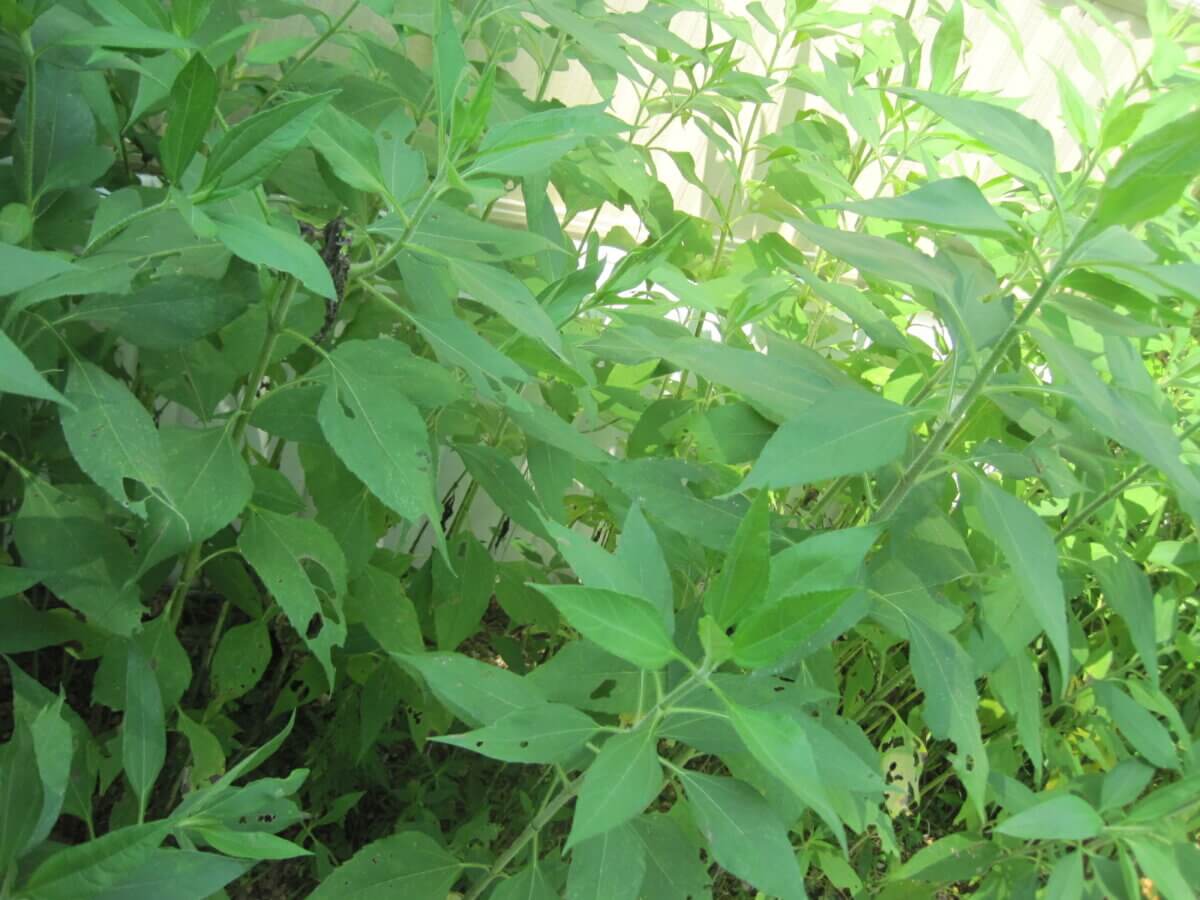
They may have been stunted in their growth by the searing weather, but every sunchoke in my garden has proved it’s a native plant by handling drought like a pro. The sunchokes didn’t get watered at all. They merely waited until our drought-breaking thunderstorms gave them the go-ahead to grow-ahead.
Native Shrubs
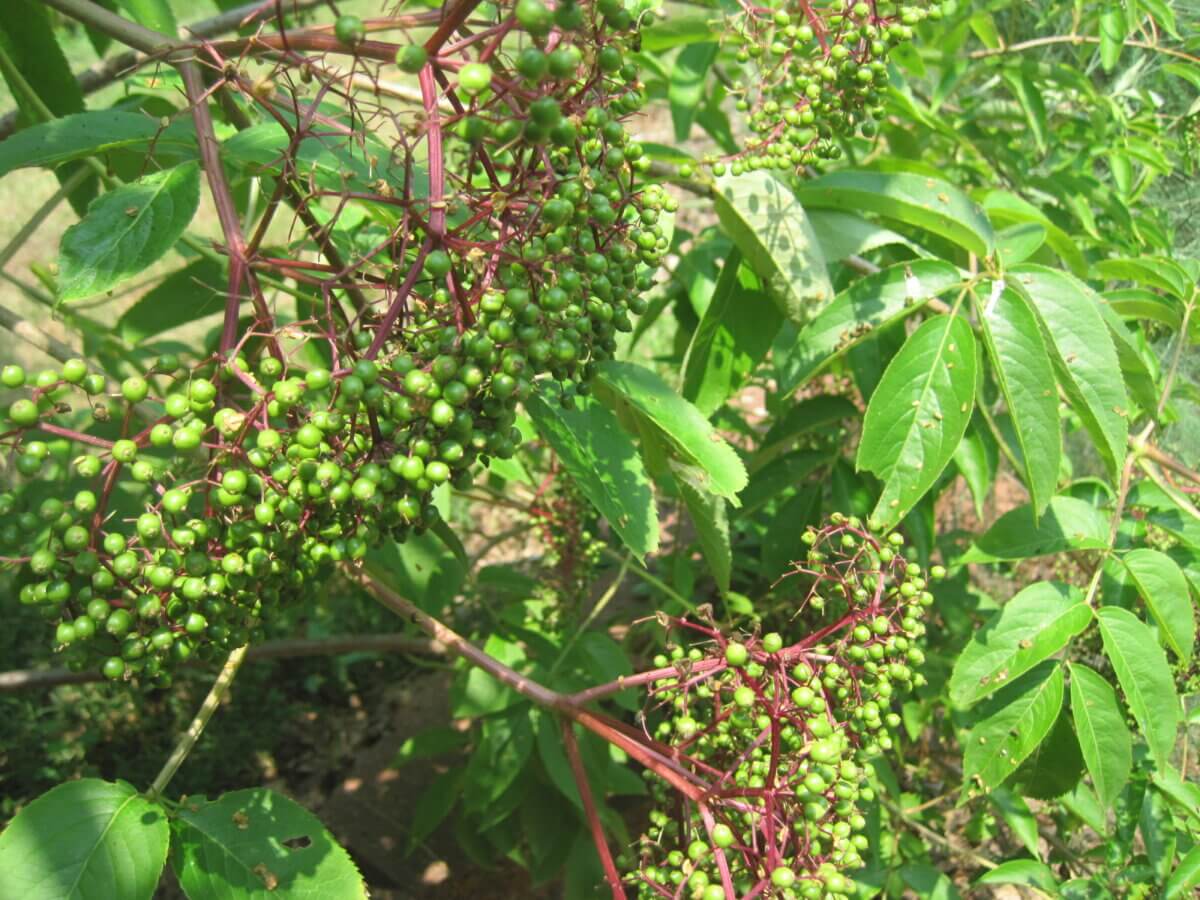
This one somewhat goes without saying, but native plants in all areas have adapted to localized weather conditions for generations, resulting in resilient plants that don’t need to be coddled. Though my gardens took a lot of work, the native plantings that cover our land — such as the elderberry shown here — didn’t require any attention. They know how to live on this land better than I do, and, for the most part, they can be trusted to do their thing without human input. For a gardener looking to have some fail-safe foliage, landscaping with native shrubs and trees is a great way to keep things looking green when the rest of the domestically cultivated world is drying up.
Asparagus
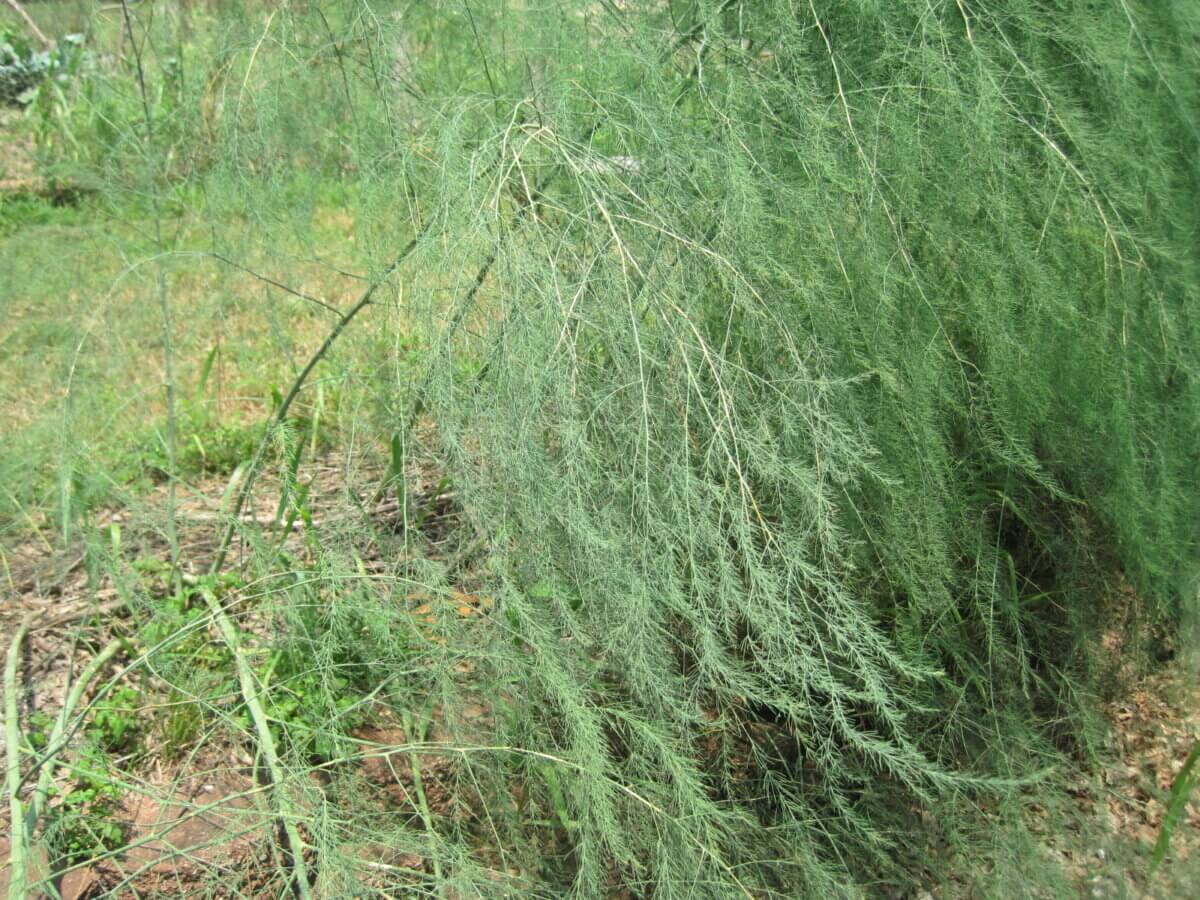
By the time summer rolls around, asparagus is completely unrecognizable from its spring form. Those tender, tasty, meristematic shoots have transformed to unruly bushes of fern-like foliage that those who don’t grow asparagus could not name. And though there’s no food to be harvested from the mature, ferny-leaf mess, there’s also no worry. Asparagus handles drought and heat like a champ. The plants you see here didn’t get a drop of additional water or any TLC from me, and they look far better than some of the plants I lost despite my best efforts. When it comes to a permaculture landscape, asparagus will fill in and not ask for much.
Sorghum
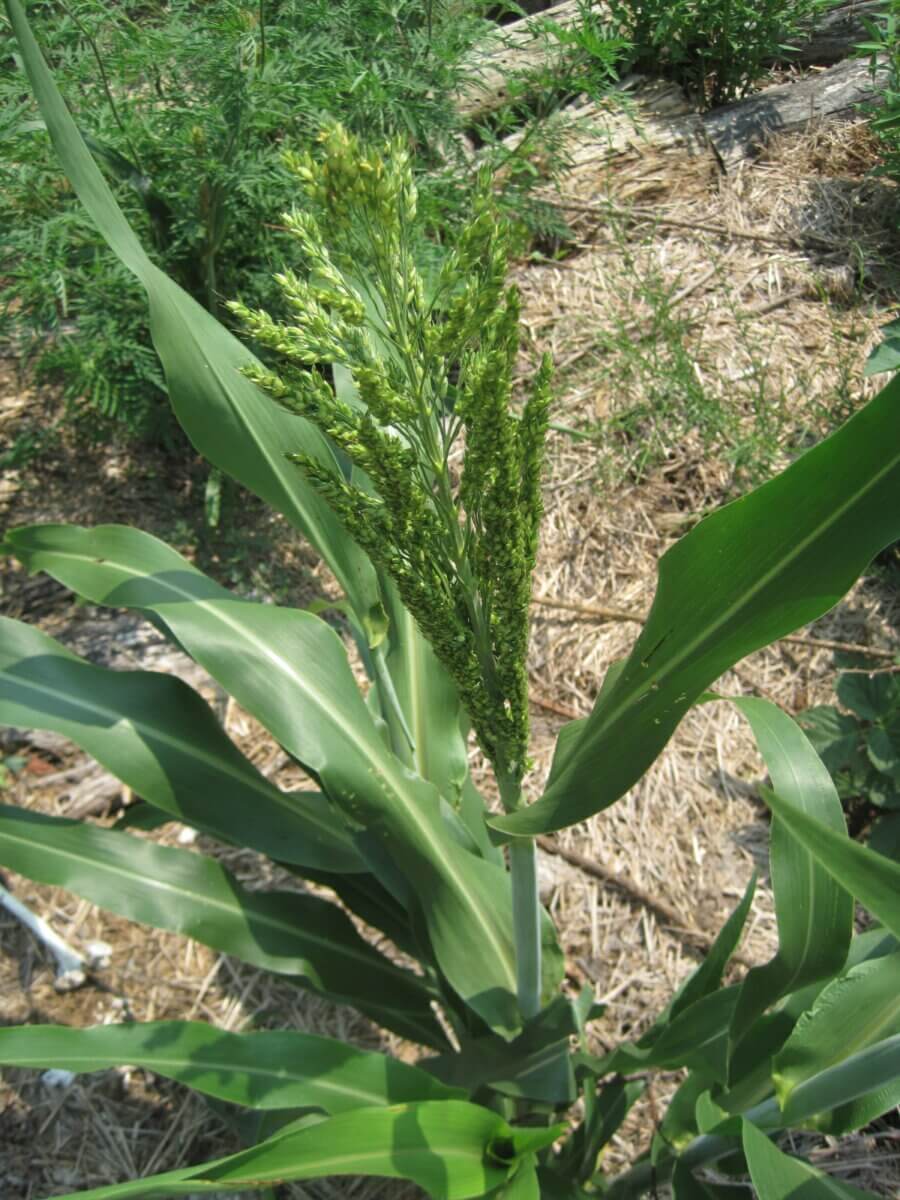
I saved sorghum for last, because it has been, beyond a shadow of a doubt, the most drought-proof plant I’ve ever seen (save crabgrass, which I’m pretty sure could survive nuclear fallout largely unscathed). I will preface by saying I didn’t even plant sorghum this year. It was mixed with my chicken litter — since they seem to despise this delicious grain for some reason I cannot understand. As a result, there’s sorghum distributed everywhere that I used chicken bedding as mulch, and somewhat randomly along the paths as well, where I’m sure it dropped when I was moving said bedding.
As a result, sorghum has flourished everywhere. It’s growing happily along the paths. It’s growing at the margins of the gardens. It’s growing in the middle of a hugelkultur mound I’m developing. None of it has been watered, of course, because I wasn’t intending to plant it as a food crop. But the sorghum didn’t seem to care. No matter the searing temperatures or lack of water, it grew steadily, never wilted, and all the plants that I haven’t ripped up are heavy with seed heads.
I’d been watching this African grain with interest (once I realized what it was) since I figured this summer’s drought would be a good test of its resilience. I can confidently report that it has passed with flying colors. Sorghum may be the most drought-tolerant grain that a self-sufficient homestead could hope to plant.
So there you go. Photographic proof of my heartache and hope for this past gardening year. I hope those of you who are out there searching online for “drought-tolerant plants” stumble across this list and end up with some useful information — instead of that plagiarized, unhelpful list that seems to be on every other site. And for our Insteading Community, I’d love to hear what plants have pulled through the outdoor broiler of your own gardens. Is there one I missed or one that surprised you? Let us know in the comments below.


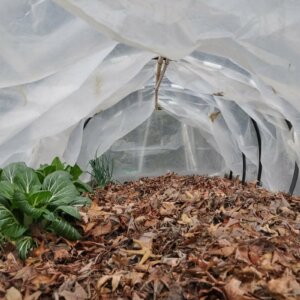
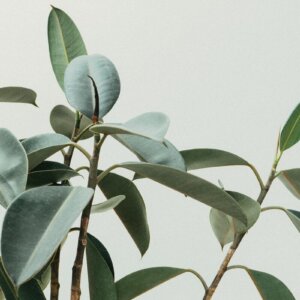
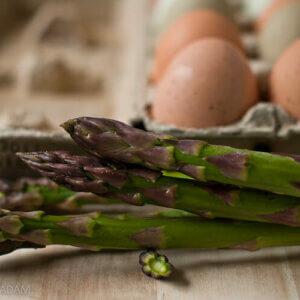


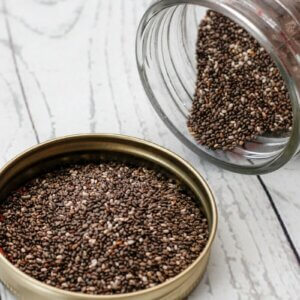

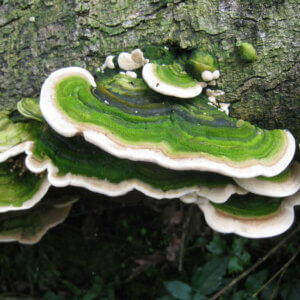

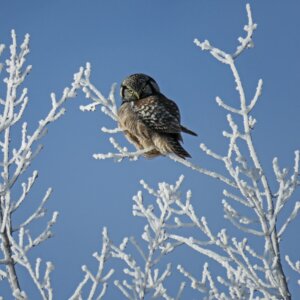

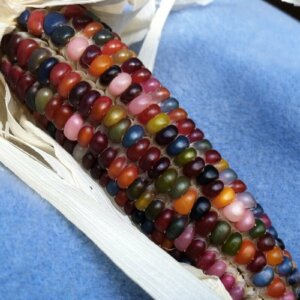
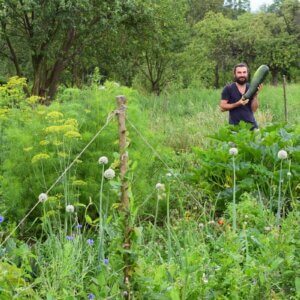



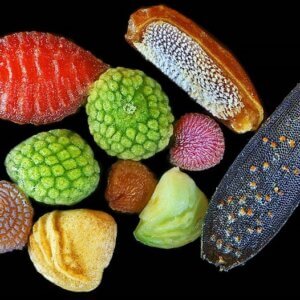


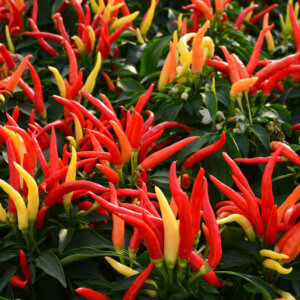
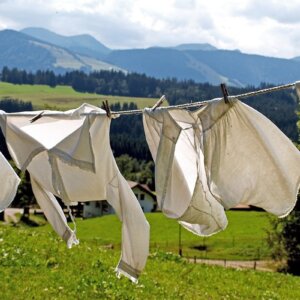

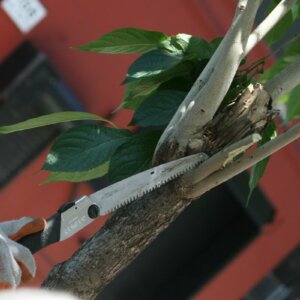
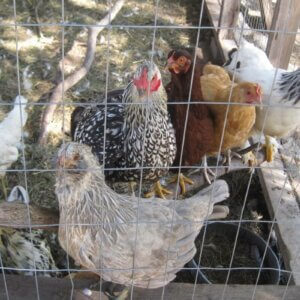

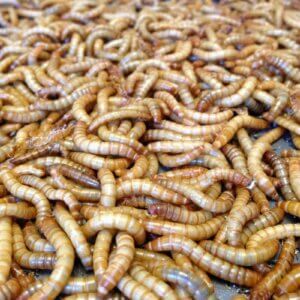


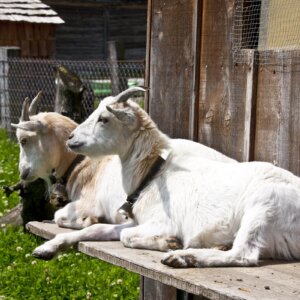


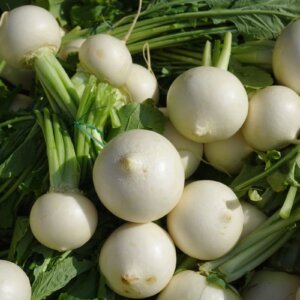




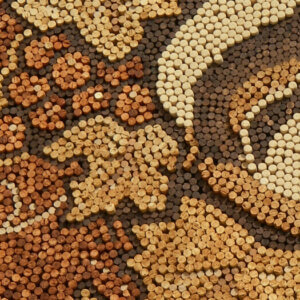
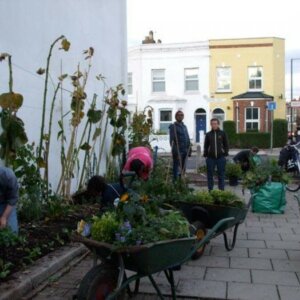
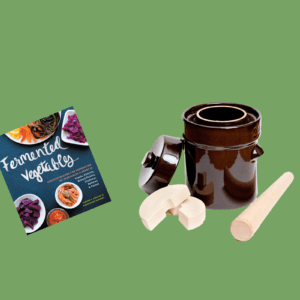
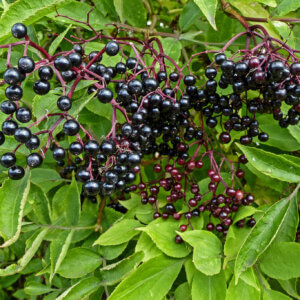
Passionflower. I let one grow a few years ago and now they are all over my garden. Good news: My peas bit the dust, but the vining passionflower is growing like crazy with fruit dangling on the archway in my garden!